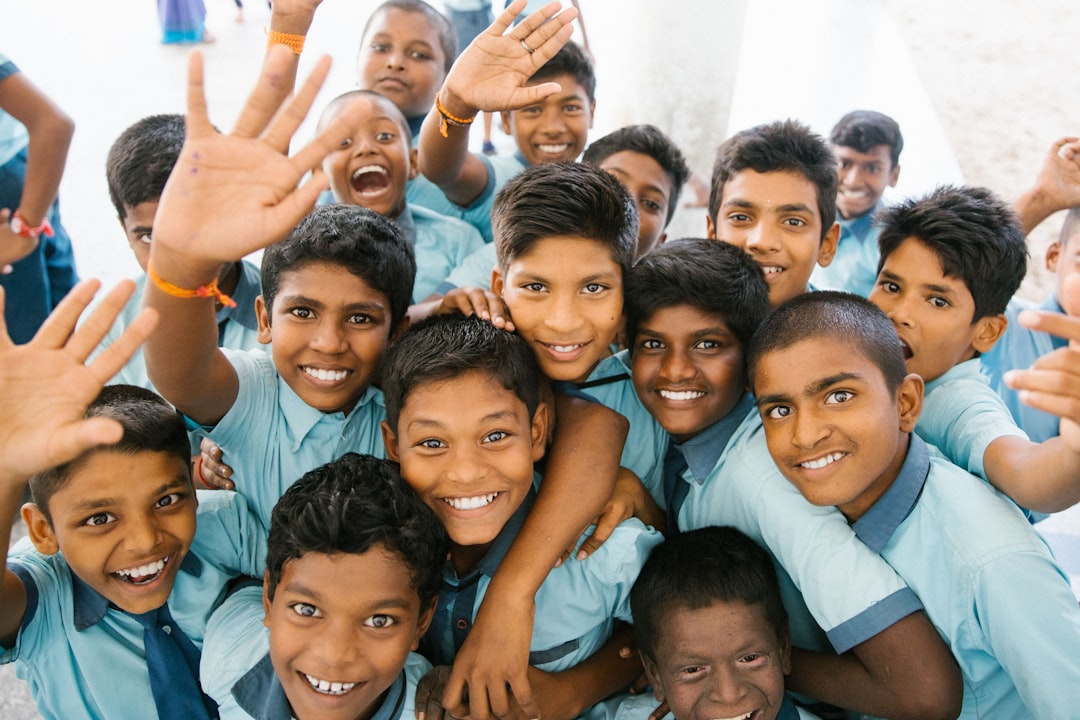What is it about?
In June 2023, the Norwegian Truth and Reconciliation Commission (TRC) will launch its report on the impacts of the assimilation policies towards the Sámi, Kven and Forrest Finn populations. The commission will also suggest measures for reconciliation. This paper focuses on the need for a reconciliation between the Norwegian state that was responsible for the assimilation policies, and the indigenous Sámi population. However, reconciliation might prove difficult in a context of conflicts over land and water, such as the Fosen windmills. The conflicts about the Fosen windmills became widely known after a group of young Sámi and environmental activists occupied the entrance of the Ministry of Oil and Energy in early 2023. Only about 35% of the majority population had knowledge about the TRC and its mandate before these protests. The lack of knowledge in the majority population about its work is a challenge for a reconciliation process.
Featured Image

Photo by Barnabas Davoti on Unsplash
Why is it important?
Between approximately 1850 and 1950, the Sámi - as well as the Kven and the Forrest Finns - were subjected to harsh assimilation policies. These policies still have their repercussions today: particularly in the coastal areas, the assimilation policies led to a loss of Sámi language and culture. The government policies also had an impact on living conditions and health. With its report, the TRC can provide more knowledge about how the assimilation policies were experienced and what their consequences are. It can also contribute to awareness in the majority population who is mostly unaware of these policies and their implications for the indigenous population of Norway.
Read the Original
This page is a summary of: Righting Injustices Towards the Sámi, International Journal on Minority and Group Rights, February 2023, Brill,
DOI: 10.1163/15718115-bja10105.
You can read the full text:
Contributors
The following have contributed to this page










